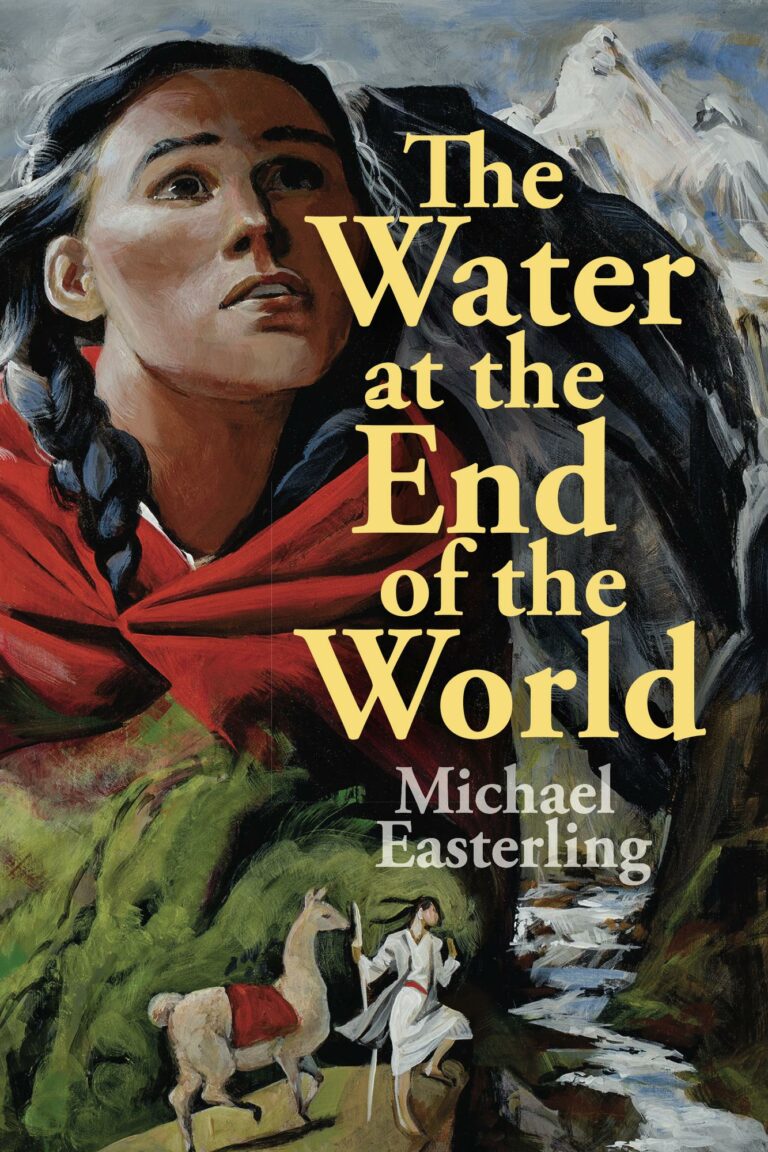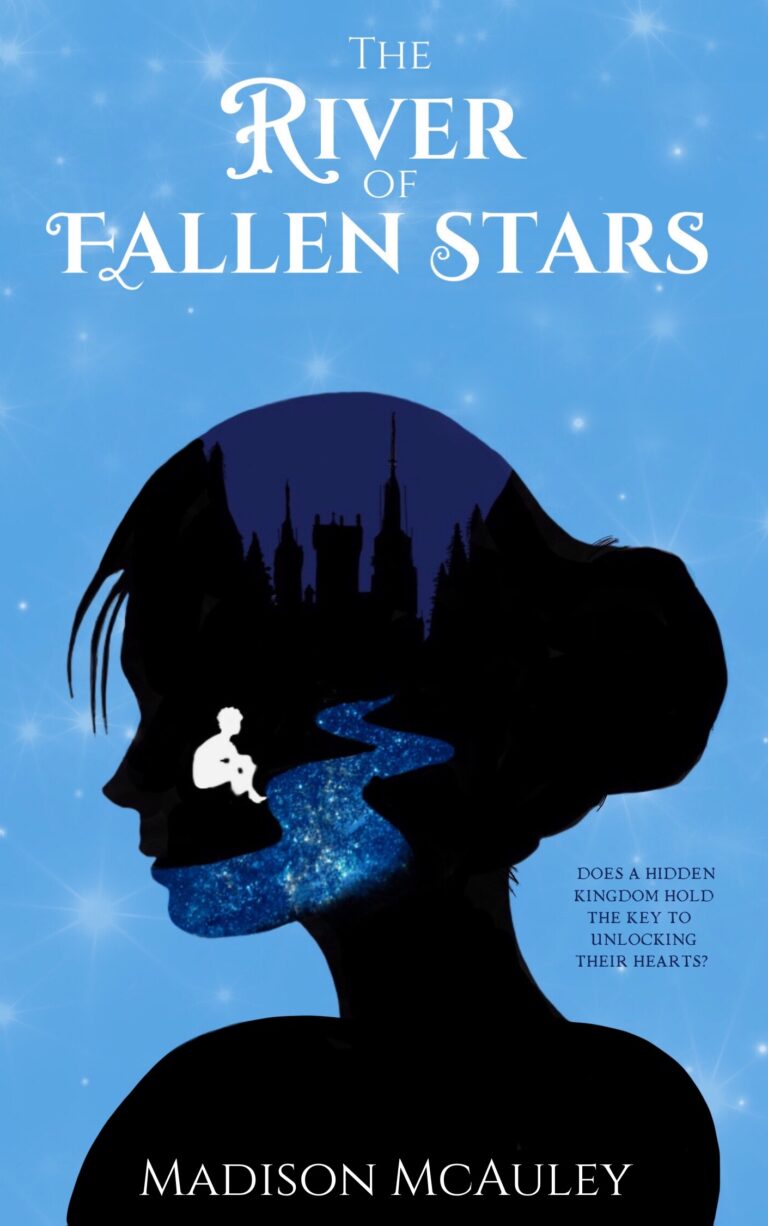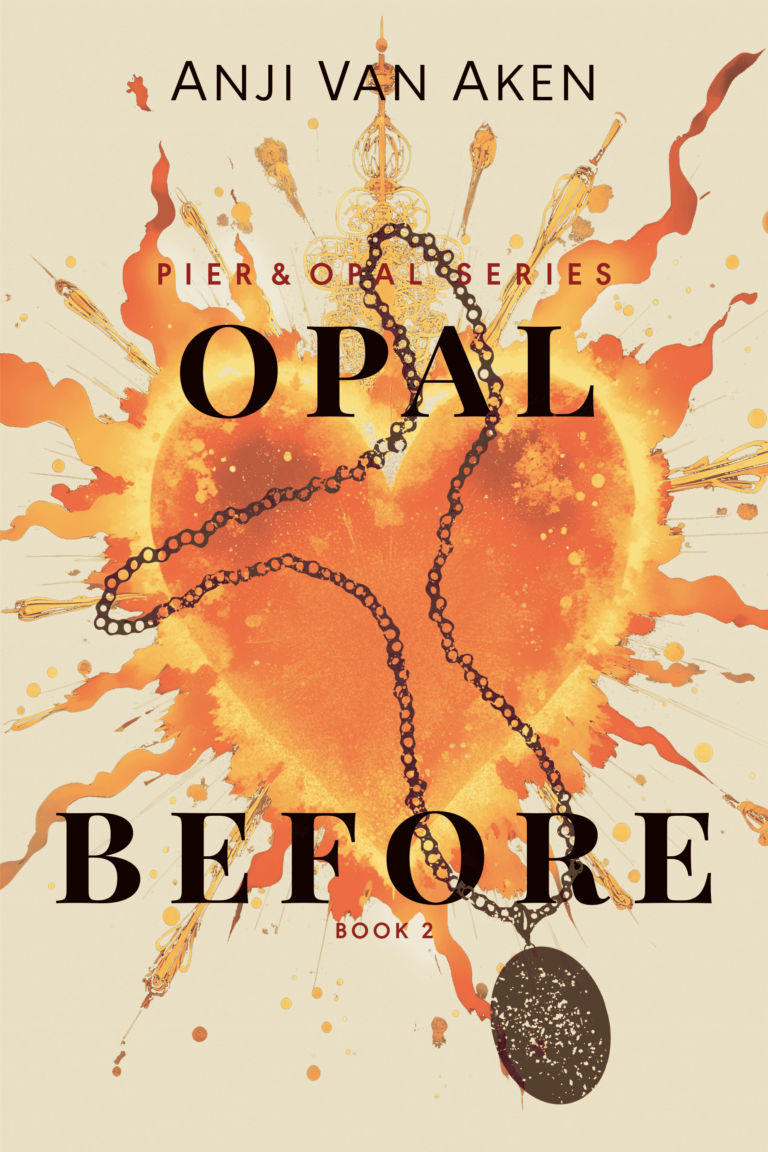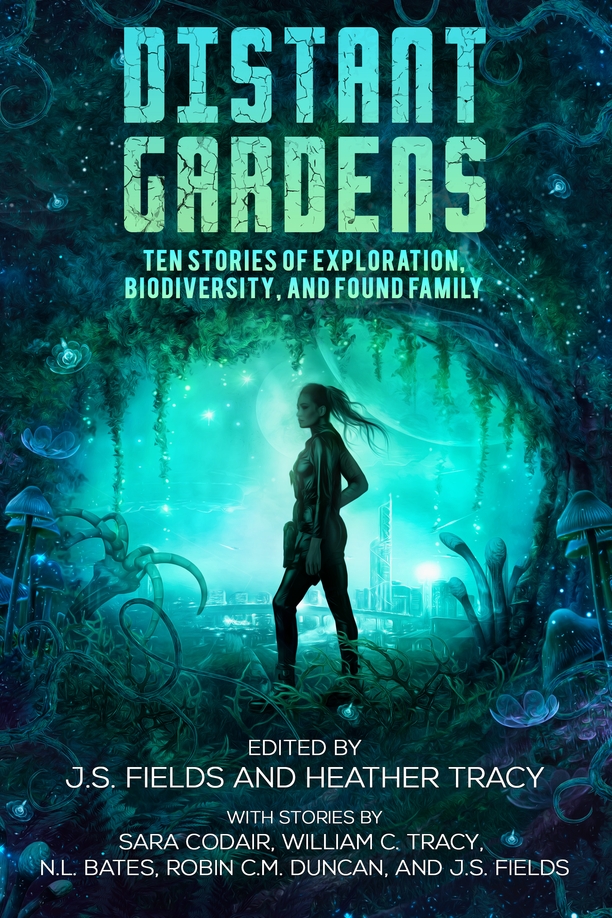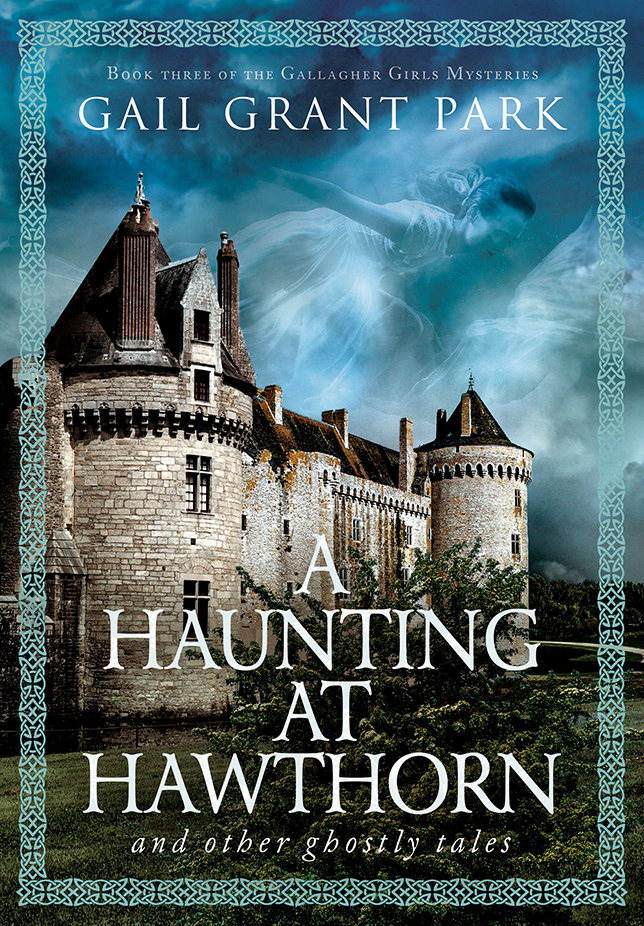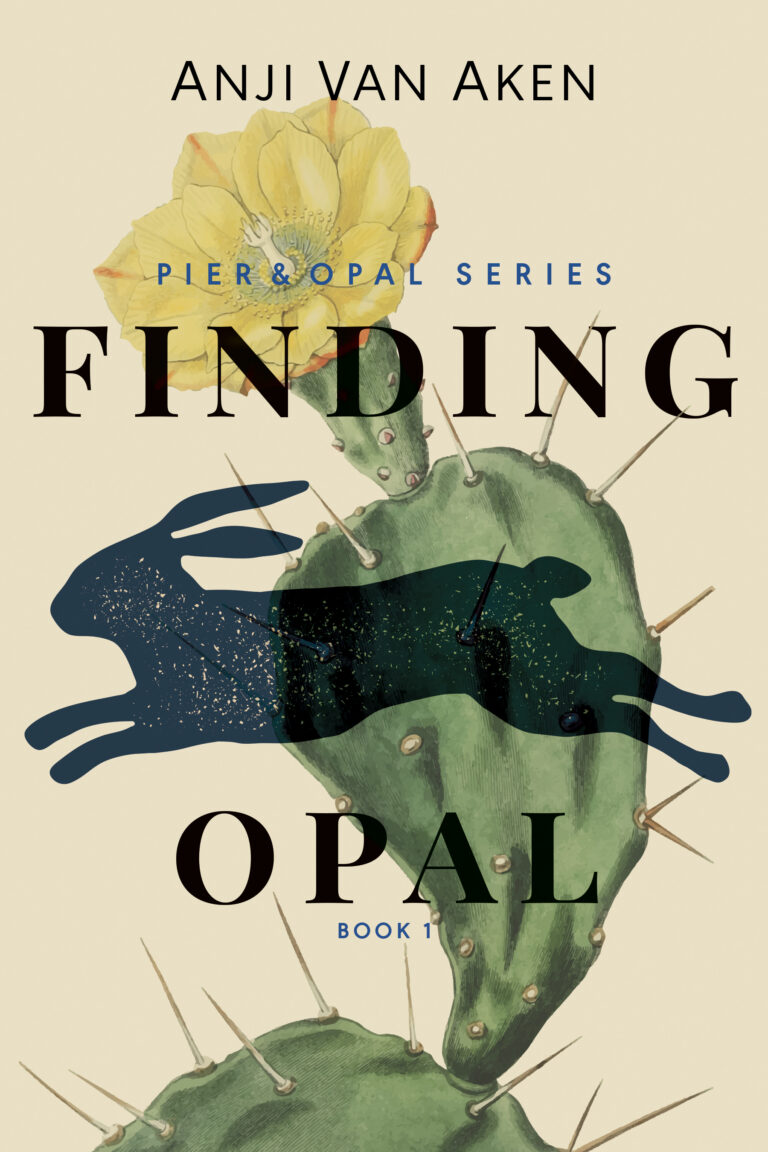In today’s publishing landscape, story is no longer just the sacred thread passed hand to hand – it’s content. Fuel for clicks, binge-reads, algorithms, and sales funnels. What was once an intimate act of expression is now often a product: designed to be consumed, forgotten, and replaced.
We are living in an era where literature is frequently mass-produced.
Like fast food, this kind of storytelling is built to be irresistible – and sometimes just as empty. The ingredients are familiar: high-concept hook, breakneck pacing, snappy dialogue, plot twists on cue. These books read quickly. They entertain. They trend. And they sell – in droves.
That’s not inherently a problem. But when these qualities become the expectation – the default – we risk losing something more nourishing.
The Rise of Content-Fiction
Streaming changed television. TikTok changed entertainment. Amazon changed books. With speed and quantity incentivized, fiction often mimics the design of social media: short chapters, repetitive arcs, writing optimized for skimming rather than reflection.
You know the titles – marketed as “unputdownable,” “addictive,” or “the twist you won’t see coming.” Many of these books deliver exactly what readers want: a temporary escape, a well-earned thrill, a story that flies by.
But they also reflect a larger shift. Readers are being retrained to consume stories quickly – to move on, not sit with them. When the process becomes industrial, nuance and depth are often the first things to go.
Literature That Stays vs. Literature That Sells
There’s an old question: Did the story stay with you?
That used to be the measure of a book’s impact. The ones that lingered haunted us, comforted us, unsettled us. They didn’t always give us what we wanted – but they gave us something real. Today, some bestsellers fade from memory as fast as they rise to fame.
This isn’t a dismissal of popular fiction – many of the most powerful, lasting novels live on those same bestseller shelves. But as publishing increasingly favors speed, visibility, and quantity, we see fewer stories given the space to take creative risks or unfold slowly.
What Are We Teaching Readers?
The concern isn’t just about what’s being written – it’s about what readers are being taught to expect. We’re subtly training a generation to value pace over patience, immediacy over complexity, and entertainment over engagement.
Writers, too, are feeling the pressure. Annual releases are now the norm. Ghostwriting is widespread. AI-generated text is quietly creeping in. And with audiences conditioned for instant payoff, authors may feel less free to take formal or emotional risks.
The Case for Slow Fiction
This isn’t about rejecting fun, fast-paced stories – they have their place, and always will. But not every book needs to be built for speed. Not every story should go down easy.
There’s value in fiction that demands attention. That offers discomfort. That leaves you with more questions than answers. These are the books that don’t just entertain – they change you.
Let’s make space for those stories. Let’s champion writers who dare to write slowly. Let’s support books that linger.
Because the stories that stay with us – the ones that shape who we are – are rarely the ones we consume in a sitting.
They’re the ones we carry.
What do you think we lose when stories are built only to be consumed, not remembered?
Follow us on Facebook and Instagram for more insights, and share your thoughts in the comments!


